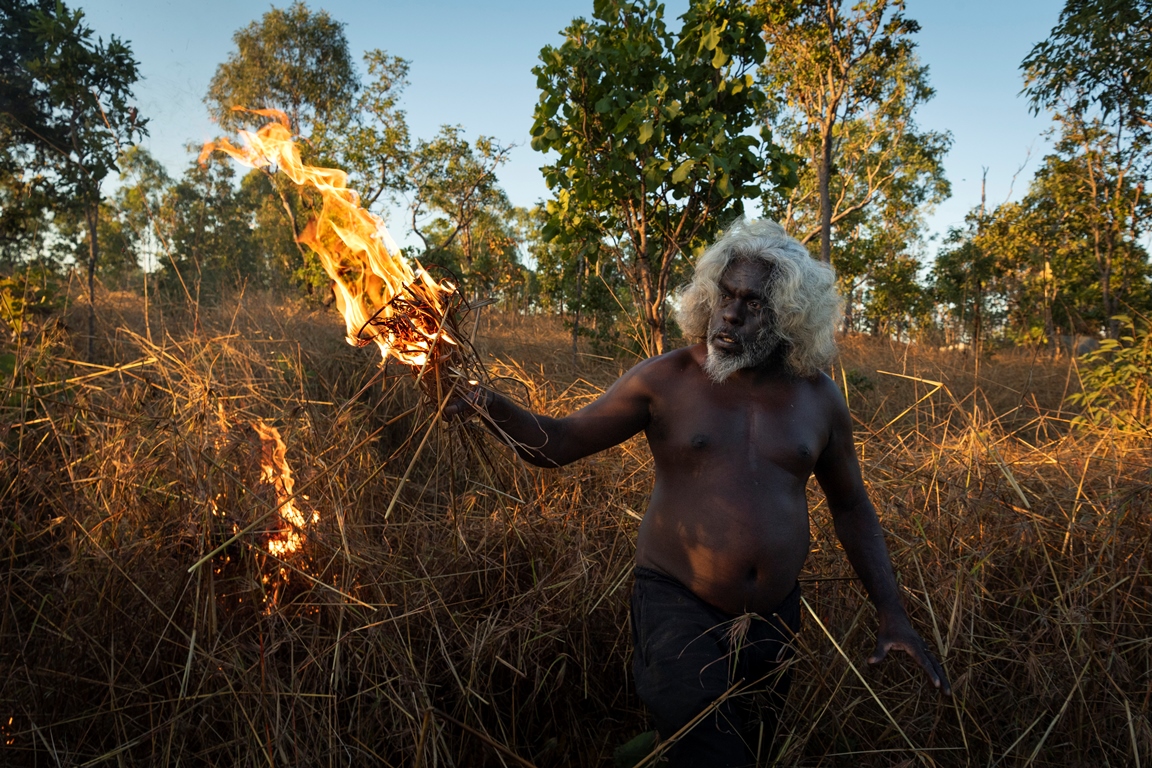World Press Photo is back in Poznań!

Four years. That is how long it has taken the World Press Photo exhibition to come back to Poznań. It does not seem like very long but the world has changed dramatically. In 2018, the pandemic was at best the name of an interesting board game, Vladimir Putin was (regrettably) far from a pariah shunned by the international community, and the world's major sporting events were held every four years, as scheduled. Press photography itself and, in particular, the most prominent press photography contest of all, altered radically.
Until a few years ago, a visit to a World Press Photo exhibition was primarily a learning experience. Those viewing the photos gained insights into the world and how human conflicts and tragedies unfolded. This role has since been successfully taken over by social media on which the same photographers, whose names appear in the world's largest newspapers, are now presenting their works. An excellent case in point is the legendary war documentary filmmaker James Nachtwey, who is currently in Ukraine photographing the plight of civilians and sharing links to articles that feature his photos on Instagram Stories. World Press Photo has surely fallen behind on such technology.
All this explains why WPP is not displaying current photos on the Ukraine war and why the only material devoted to this eastern neighbour of Poland is Ukraine Crisis by Guillaume Herbaut, member of the prestigious Agence Vu and winner of an award in the Long-Term Project category. This French photographer tells the story of the Russian-Ukrainian conflict since its outbreak in 2014 and of the occupation of Donbas. His photos do not yet portray the events of 2022, which is unsurprising as this year's WPP application deadline of January 13, 2022 predated incursions by Russian tanks bearing the letter Z painted across their armour.
The contest organisers themselves realised they stood no chance racing against today's fast-paced world and that they would never beat a 160-character tweet sent from a mobile phone. This realisation prompted changes throughout the contest, which abandoned its previous focus on news photography in favour of longer projects and stories. They established the Story of the Year award, equal in status to the existing Photo of the Year.
The organisers also revamped the categories, scrapping many traditional ones, such as sports, culture and general news to make room for regional themes and awards, the intention being to ensure that the distinguished photos (judged by jurors who themselves are photographers from a given region) would become more local. This year, World Press Photo chose to train lenses on equality. For the first time ever, regional award jurors would immediately know the gender and nationality of participating photographers and be required to distinguish at least one local photographer and either one woman or one non-binary person. Notably, this rule had no adverse impact on photo quality.
A very promising category is the open format, which accepts photographic collages, multiple exposure images, stitched panoramas, and interactive documentaries, none of which have anything to do with the "press photo" label featured in the contest's name. What sets such works apart is their more personal and intimate take. They tend to be more artistic than they are factually oriented.
Evidently, the contest has changed radically from the last time it was seen in Poznań's Castle Cultural Centre. And yet, all of the above are merely organisational rearrangements. Now, what about the photos themselves?
The new angle taken by jurors and the category remake has sparked a breakthrough in the photos themselves. Gone are daily documentary photos, which have now been superseded by collections developed over months if not entire years. Snapshots suited for the front pages of newspapers have been replaced with photographic stories that span longer periods and carry more symbolism and less violence. In fact, violence used to be a frequent peeve regarding WPP photographs. Needless to say, none of this means that this year's World Press Photo will display no photos from war zones and key world events from the previous year. Such themes has been kept even if presented in a new fashion. Blatant literalism has given way to subtle innuendo and sensitivity with viewers being allowed to interpret the photos the way they see fit. Such change is epitomised in this year's Photo of the Year from Kamloops, Canada by Amber Bracken. The shot shows red dresses hung on crosses, commemorating more than 200 children who died at a compulsory residential school for indigenous Canadians. As noted by Rena Effendi, chair of the contest's global jury, the photograph reckons with the history of colonisation, not only in Canada but around the world. Bracken's work is the first photograph of the year in the nearly 70-year history of the contest to contain no people.
Environmentally-engaged photography has long been setting the tone for World Press Photo. This year is no different as the main award in the stories category goes to Matthew Abbot for his story on indigenous Australians saving forests with fire. The best long-term project was a set of photos by Lalo de Almeida of Brazil, who portrayed the economic, social, and environmental impact of rain forest logging that has been going on for years in the Amazon. In regional contests, the distinguished projects also include many that only a year ago would end up in the environment category.
While changes to the World Press Photo contest have been impressive, one thing remains constant: the uncannily high quality of the photographs. Many of them will be on view on 9 May on Poznań's Trade Fair grounds even before they are displayed in Berlin and Sydney.
Adam Jastrzębowski
translation: Krzysztof Kotkowski
65th World Press Photo Contest
Poznań International Fair, Pavilion 11 - Spire
9-26 May
Tickets: discounted at PLN 20, regular at PLN 30
© Wydawnictwo Miejskie Posnania 2022
See more

From One Celebration to Another

Christmas Markets and Fairs with Attractions

Truly Festive Vibes
